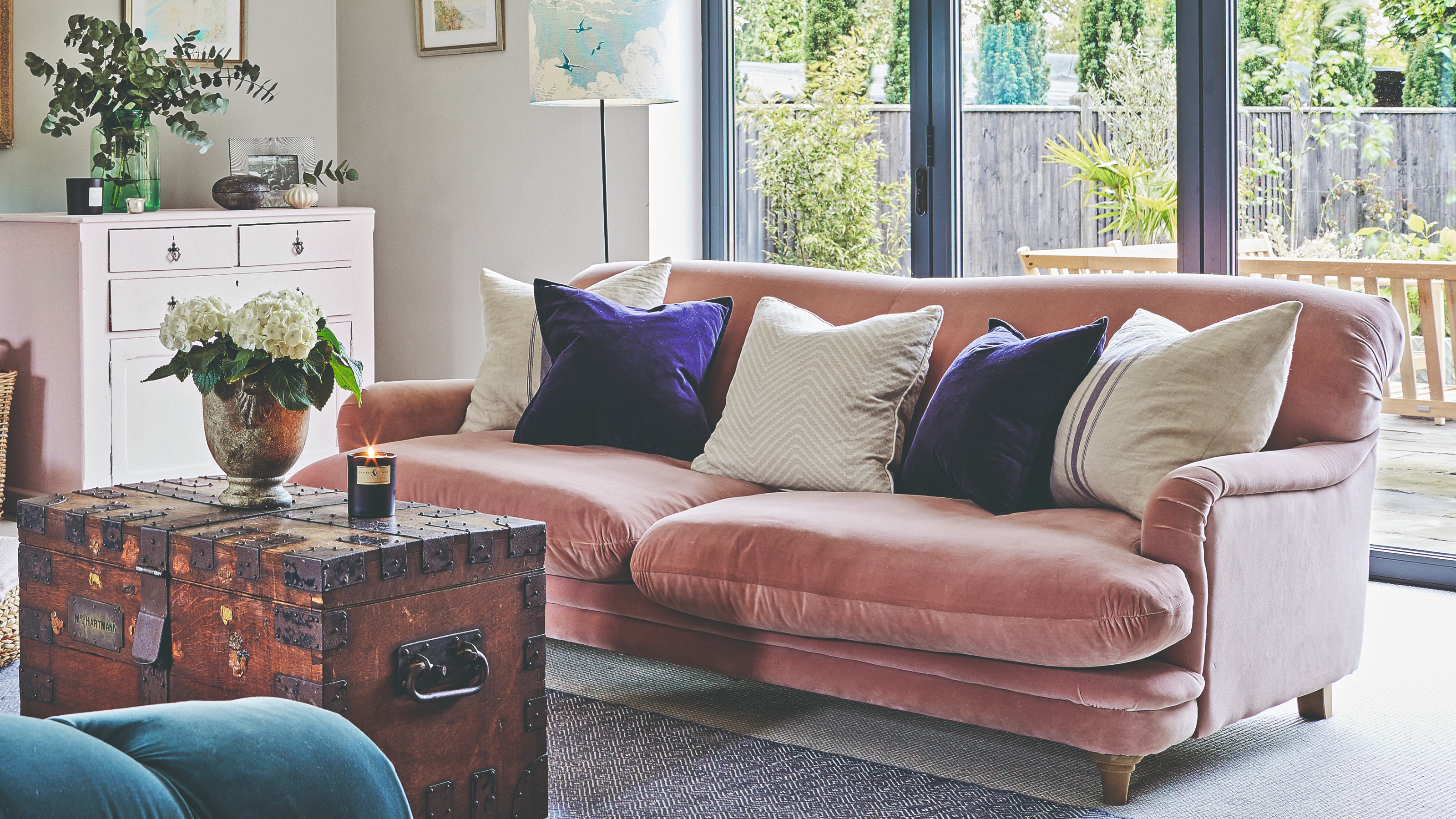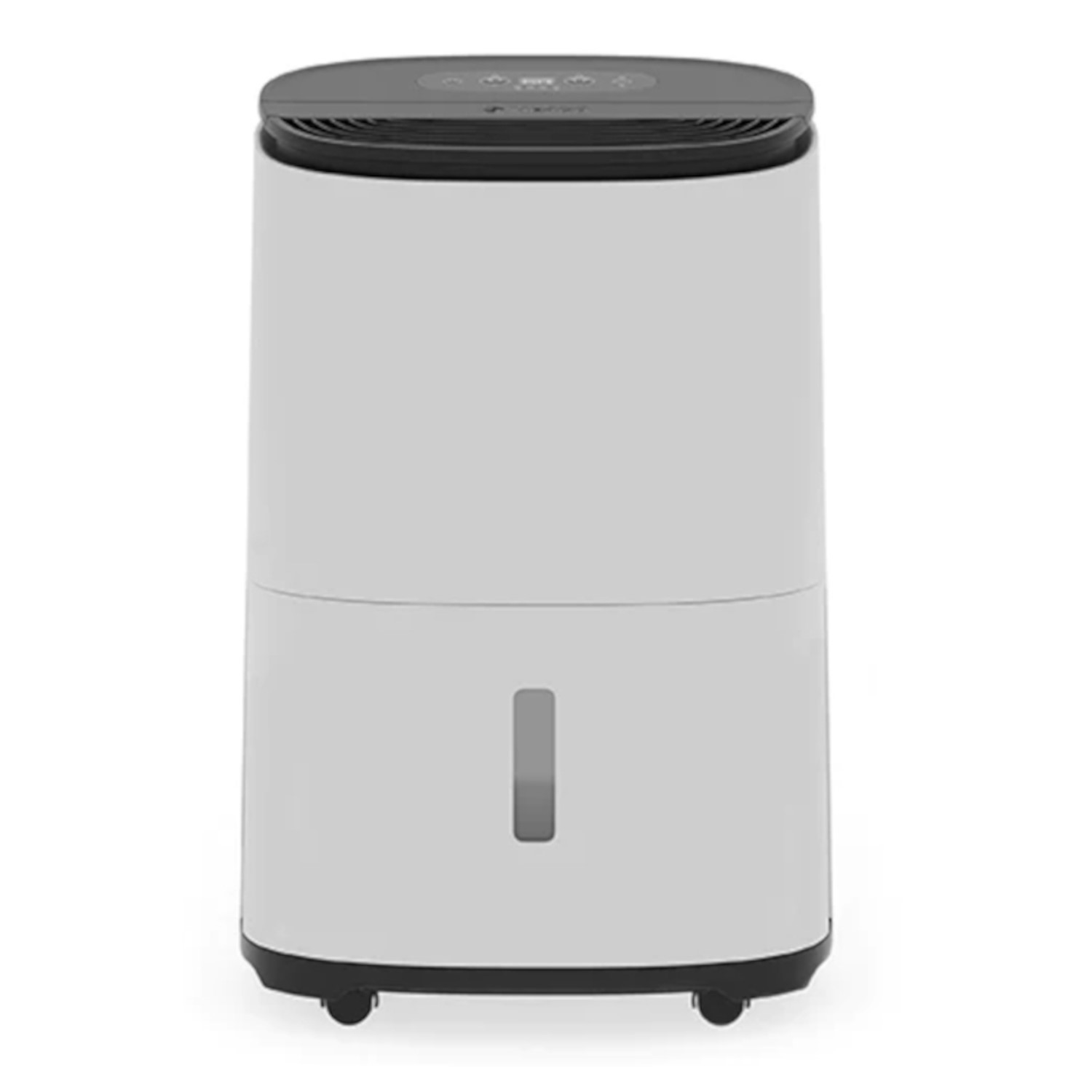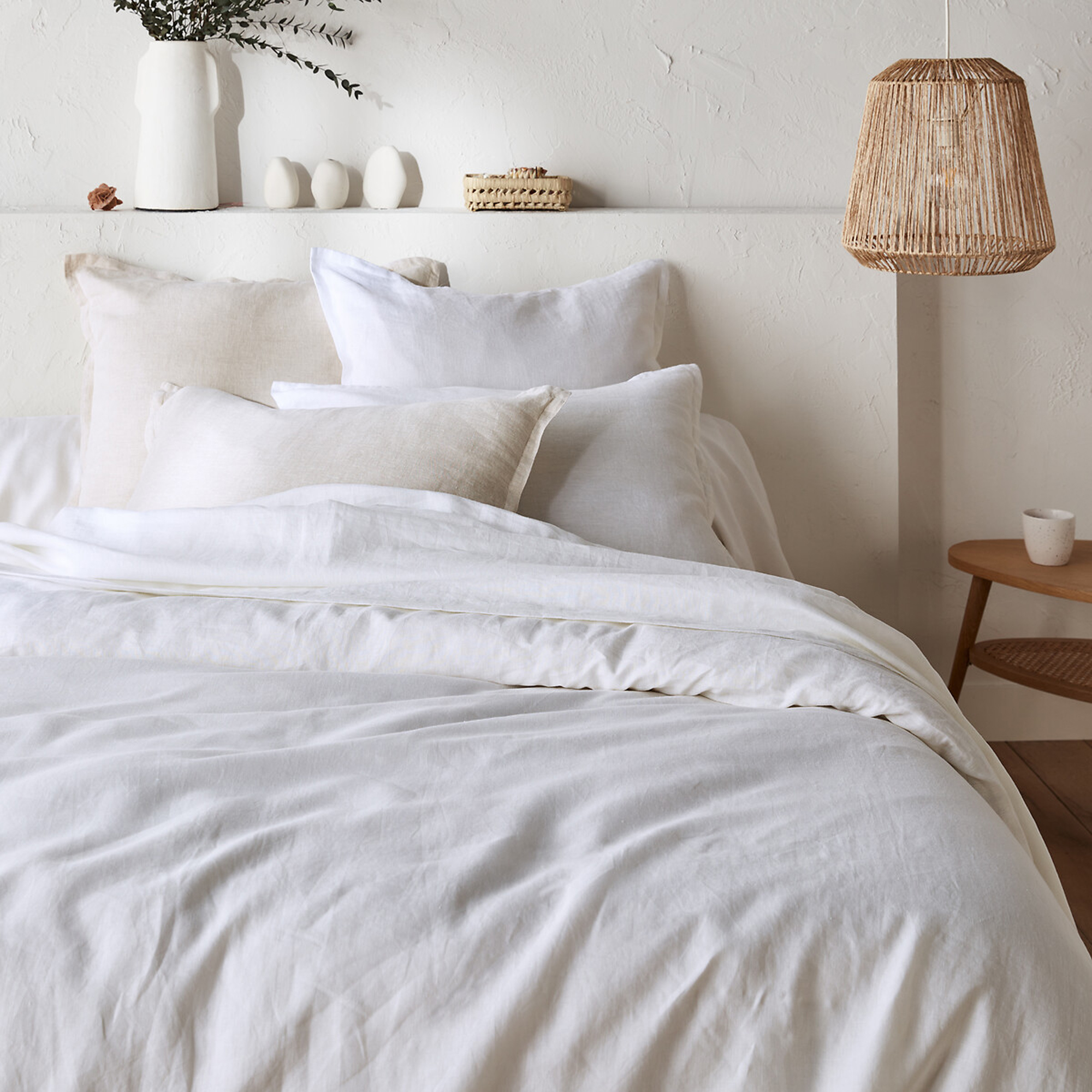Is your furniture too close to the wall? Experts reveal the best placement to prevent mould
Because colder weather means the start of the annual mould battle


When winter arrives, so does the annual battle against mould in our homes, but it turns out that moving your furniture just an inch away from your walls can help prevent mould growth.
Due to the rise of energy bills, many of us are avoiding turning the heating on as long as possible. But colder damper homes inevitably means mould may rear its ugly head this winter and sometimes this spreads to our furniture.
Replacing furniture, especially if you've got one of the best sofas on the market, can be costly and while there are ways to clean mould off fabric, prevention is always better than cure.
Which is why experts have revealed that moving your furniture one inch away from your walls can stop the growth of mould on them. But how exactly does this work?

Why should you move furniture
Moving your furniture an inch away from your walls is one furniture trick to make your room feel warmer as it works to improve airflow around your room - reducing damp and condensation in the process.
‘Mould thrives in damp, poorly ventilated conditions, so in winter when we have all of our windows and doors tightly closed to keep the heat in, we're trapping the moisture inside,' explains Sam Tamlyn, managing director at window shutter suppliers Shutter Store. 'Then the condensation forms when warm air meets cold surfaces like walls or windows, creating a damp environment where mould can easily grow.'
'Placing furniture, whether that be your favourite sofa, cabinet or curtain, directly against walls limits airflow. Without air circulation, moisture from the walls becomes trapped behind furniture, creating a humid space for mould to grow.'
Get the Ideal Home Newsletter
Sign up to our newsletter for style and decor inspiration, house makeovers, project advice and more.
‘External walls and those near poorly insulated windows are especially prone to condensation, heightening the risk. Moving furniture even just an inch from the wall encourages airflow, allowing the moisture to evaporate instead of just being trapped behind furniture.’

What else can I do?
If you have a small living space, moving furniture away from the walls is not always possible. Monika Puccio, Head of Buying at Sofa Club, explains what to do if moving your furniture away from walls is not an option.
‘If placing your sofa against a wall is unavoidable, then opt for an interior wall rather than an exterior one, as exterior walls tend to be colder and more prone to condensation.'
‘Investing in a dehumidifier is another effective solution. It helps to reduce moisture levels in the room, making it less likely for mould to reappear. Beyond mould prevention, dehumidifiers also work to improve air quality by reducing dust and allergens, which can benefit your health, especially those who suffer from allergies.'

Even if your home is well insulated and dry, keeping a small dehumidifier to hand for ad hoc use will make sure you're always prepared.

Available with capacities ranging from 10L to 25L, you're bound to find the size of dehumidifier you need.
‘As mould thrives in damp environments, ensure any spillages are immediately cleaned up and the area is allowed to dry thoroughly - this will reduce the chances of mould growth.’
Moving furniture away from your walls is going to solve all your mould and consideration problems on its own, but it's one way of helping your home stay mould free this winter.

Kezia Reynolds joined the Ideal Home team as News Writer in September 2024. After graduating from City, University of London in 2022 with a bachelor’s degree in journalism, Kezia kicked off her career spending two years working on women’s weekly magazines. She is always on the lookout for the latest home news, finding you the best deals and trends - so you don’t miss a thing!
-
 'I've now bought 3 different colours' – my favourite affordable linen bedding is currently half-price, and the 5-star reviews speak for themselves
'I've now bought 3 different colours' – my favourite affordable linen bedding is currently half-price, and the 5-star reviews speak for themselvesThe half-price linen bedding that owners can't stop raving about
By Amy Lockwood
-
 5 brilliant budget alternatives to paving slabs that won't cost the earth
5 brilliant budget alternatives to paving slabs that won't cost the earthLooking to pave your garden on a budget? Try these stand-ins...
By Sophie King
-
 Want to cook like Jamie Oliver? Here's the top-rated pan from his collection
Want to cook like Jamie Oliver? Here's the top-rated pan from his collectionJamie's collaboration with Tefal has led to this casserole dish getting the best user reviews I've ever seen
By Molly Cleary
